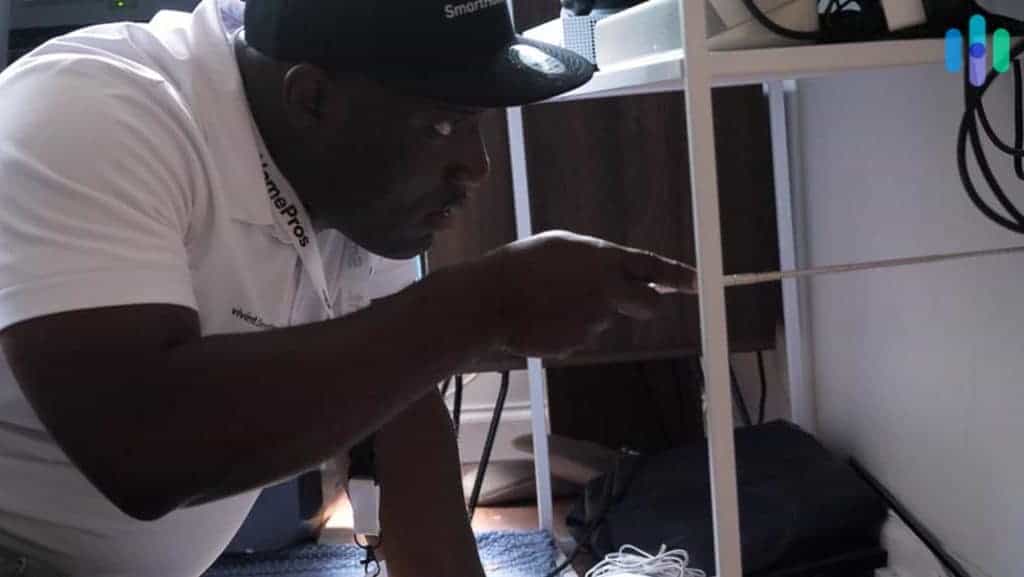
How Much Does Vivint Cost in 2024?
Is Vivint’s $30-$50 monthly monitoring price tag worth it for the smart home automations and AI features?
- Advanced smart home capabilities
- Professional installation
- Cellular monitoring
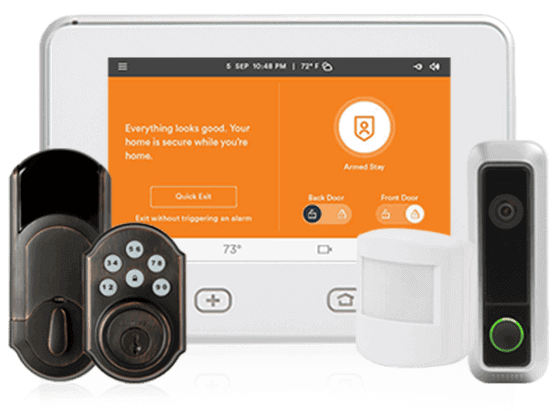
There are a lot of things to like about Vivint, especially the quality of its equipment and 24/7 monitoring service, but transparency in pricing isn’t one of them. The company doesn’t post its prices on its official website. The only way to find out what a Vivint system might cost you is to call the company, speak to a sales representative who will help you develop a custom system, and get a quote based on that system.
There’s one thing you can be sure about when it comes to a home security system from Vivint: It ain’t gonna be cheap. The company has positioned itself as a premier home security option, with a premium price tag. We can also tell you that Vivint offers one of the best home security systems of 2024. So, you get what you pay for. Below, we dig into what we paid for our Vivint system, including the compulsory installation and monitoring plan. Keep reading to find out if a system from Vivint is worth the price tag!
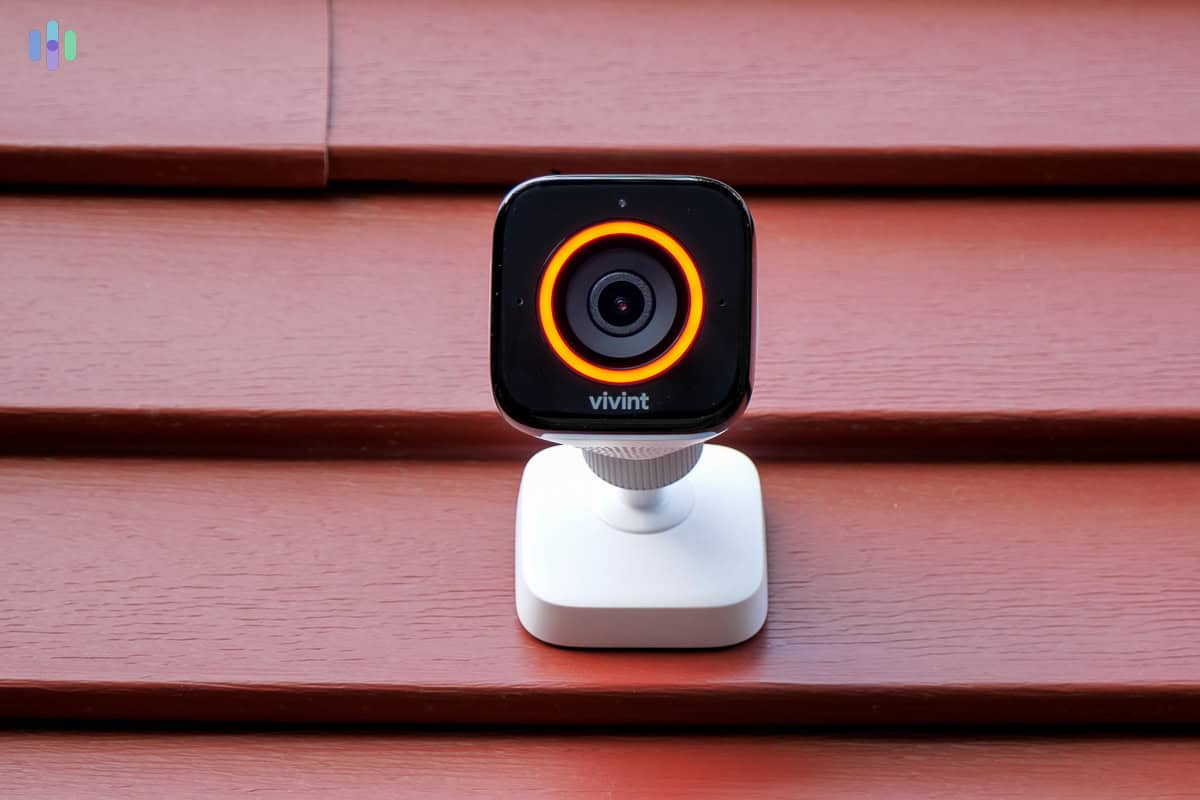
Vivint’s Monitoring Services Pricing
Vivint’s monitoring costs are different for everyone. We asked the sales consultant for a price range, and they told us plans start at $30 and can go as high as $50, which is on par with ADT.
The final cost depends on how many devices you buy and if you want to include automation features in the plan. Cloud storage and state taxes also contribute to the price. There’s one caveat with the equipment. You’re only allowed a maximum of 12 security cameras. While you might not need 12, it’s something to keep in mind if you need a security system for a large home.
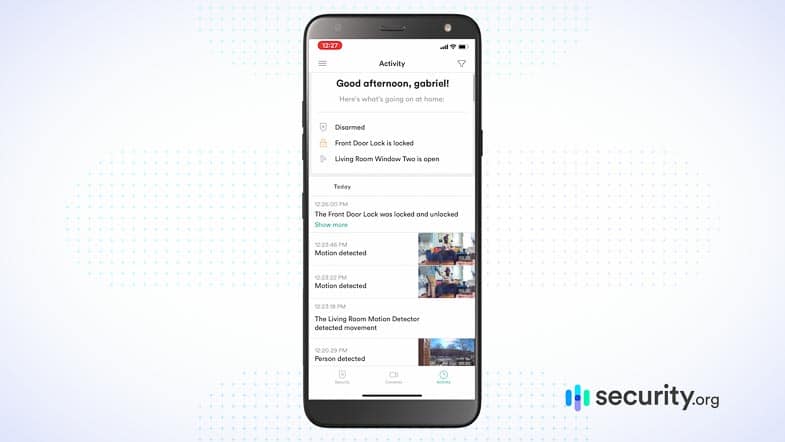
Pro Tip: If Vivint doesn’t seem like the perfect choice, know that there are similar options available. For example, abode’s packages offer more minimalist equipment capable of smart security almost just as well as Vivint. Shop around with the help of our home security system buying guide.

Vivint Contracts
If this is your first time buying a home security system, it’s understandable if the Vivint price point is a bit intimidating. However, Vivint does have payment plans for its equipment that can last as long as five years, if you’re willing to sign a contract. To put things in perspective, a $200 security camera costs just $3.33 a month if you stretch payments out over five years.
A contract also allows you to lock in prices at the time when inflation is on the rise. We’ve seen a few home security companies hit their customers with price increases, particularly some of the worst security systems we’ve seen.
But if you don’t want to commit to anything, you can pay for your equipment upfront. You’ll still need a monitoring plan, or the system won’t work. There’s also no six-month money-back guarantee like there is with ADT. You only have three days to make up your mind if Vivint is the right provider for you.
Pro Tip: If Vivint’s monthly fee requirement is a deal-breaker, you have other options. See our list of the best no-monthly-fee security systems. abode is a particularly good Vivint alternative because like Vivint, it offers home automation capabilities more advanced than what most security systems offer.
What We Like About Vivint
- Professional installation: Vivint professionals will install your security system for you, although you will need to pay $129 if you move and need it re-installed.
- Smart home integrations: Vivint home automation allows the system to pair with Alexa, Google Assistant, Philips Hue smart lighting and Nest thermostats, allowing for some convenient automated actions.
- Outdoor camera and video doorbell: The company’s most recent products are among the top of their game in terms of video quality and artificial intelligence. Check out our review of the Vivint Doorbell Camera to learn more.
- App: The Vivint Smart Home app makes it easy to monitor and control your home’s security from anywhere in the world.
Vivint’s Equipment Pricing
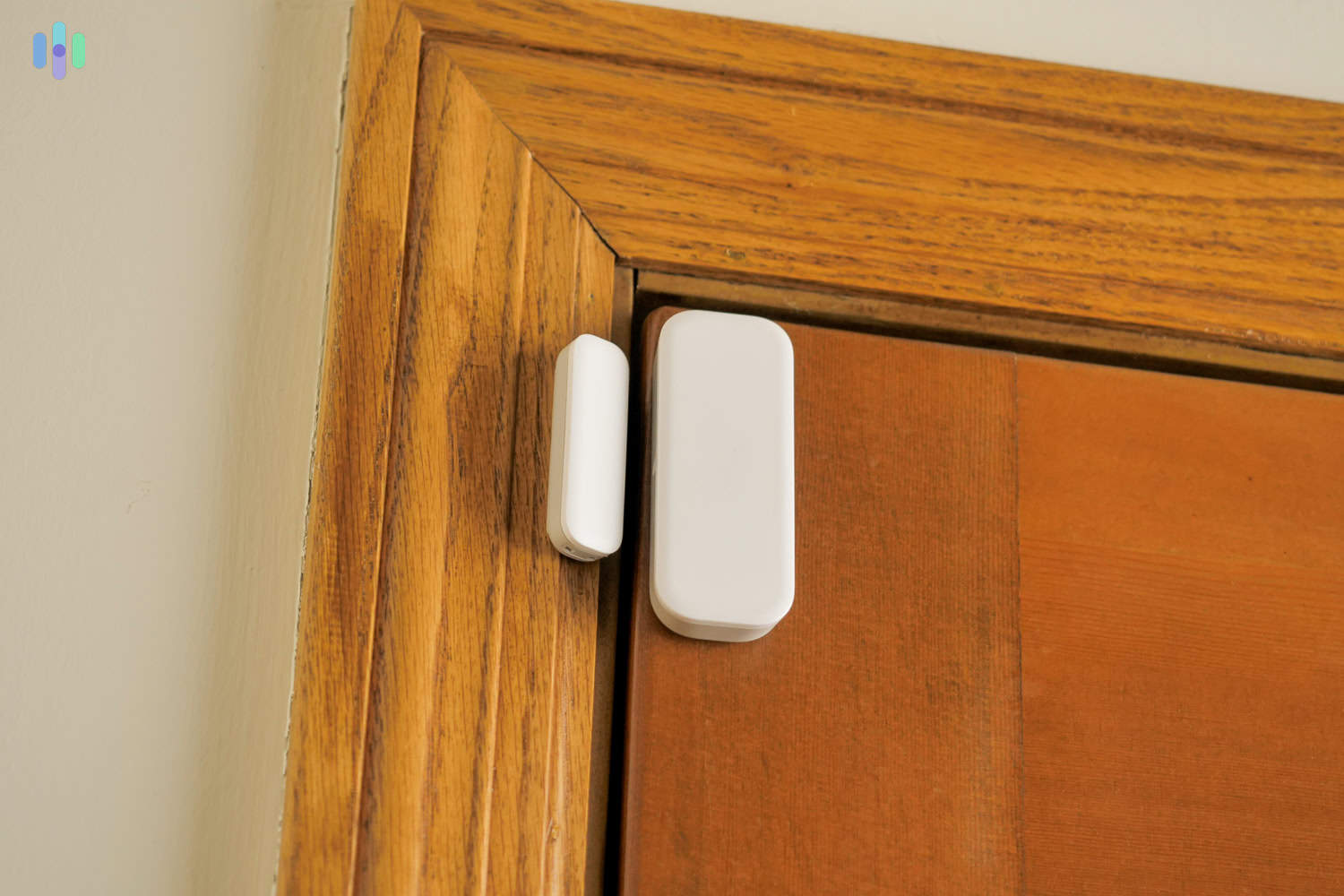
Quality smart home security means investing in trusted devices that our experts have tried and tested. With Vivint, you can choose exactly what equipment you want, which will determine your monthly fee. If that fee is outside of your budget, don’t worry; you can find plenty of ways to save on Vivint throughout the year. Before you buy, be sure to check out our guide to Vivint’s year-round deals and our guide to Vivint Black Friday and Cyber Monday deals.
Vivint Package Pricing
When it comes to equipment, one of the frequently asked questions about Vivint is, “How much is this all going to cost me?”. Well, the answer depends on what pieces of equipment you’re looking to get and how you’re going to pay. Our Vivint package set us back $1,200. It came with:
- Vivint Smart Hub
- Motion sensors
- Glass break sensors
- Entry sensors
- Smoke and CO detectors
- Kwikset smart lock
- Vivint Outdoor Camera Pro
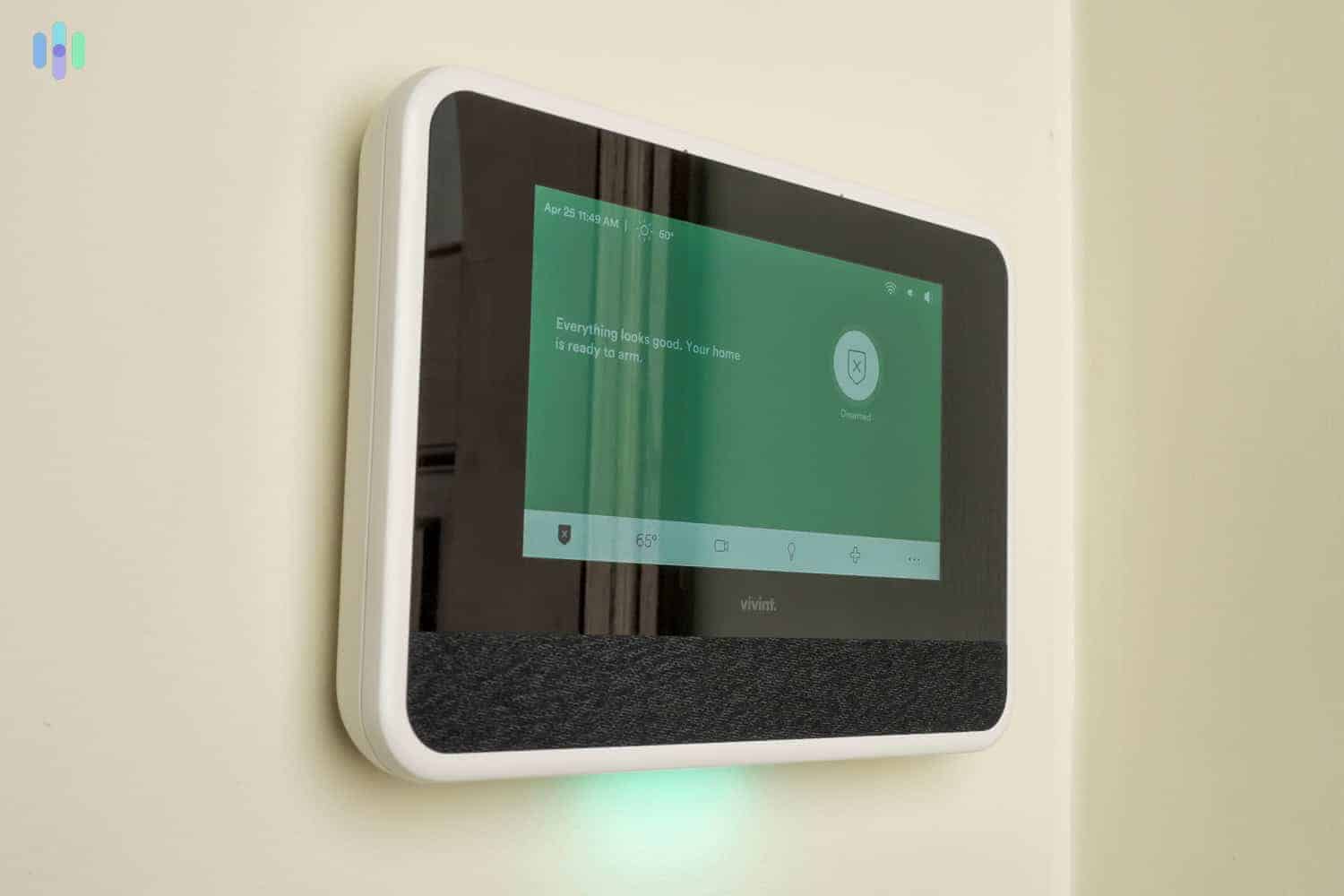
If you can afford to buy the equipment upfront, you don’t have to sign a contract. And with the equipment fee out of the way, you’ll pay just the monitoring fee every month. That is, if you have at least $600 to spare. And that’s for a basic Vivint system. Expect to pay more if you buy add-ons for your packages.
On the other hand, you could avail financing to offset the upfront cost. You’ll pay close to nothing upon signing up, but the equipment cost will be added to your monthly fee. You can choose a financing term of up to 60 months, which will also decide your contract length. And keep in mind, there will be a credit check and the monitoring contract will be equivalent to your financing term.
FYI: Vivint is a good option for those who are looking to buy a security system without undergoing a credit check. That said, its steep prices might put off potential shoppers. Currently, SimpliSafe, abode, and Ring are the best security systems that don’t require a credit check.
To give you a rough estimate of how much a Vivint system could cost you, see Vivint’s latest equipment pricing below. We broke down their retail prices (what you’ll pay upfront) and financing prices based on a 60-month term (what you’ll pay per month).
| Component | Retail price | Cost per month with 60-month financing plan |
|---|---|---|
| Smart Drive | $250 | $4.17 |
| Car Guard | $200 | $3.33 |
| Smoke Detector | $100 | $1.67 |
| CO Detector | $100 | $1.67 |
| Smoke alarm and Carbon Monoxide Monitor | $100 | $1.67 |
| Smart Lock | $180 | $3 |
| Garage Door Controller | $100 | $1.67 |
| Vivint Smart Thermostat | $170 | $2.83 |
| Lamp Module | $50 | $0.83 |
| Vivint Doorbell Camera Pro | $250 | $4.17 |
| Outdoor Camera Pro | $400 | $6.67 |
| Vivint Ping Indoor Camera | $200 | $3.33 |
| Vivint Indoor Camera Pro | $200 | $3.33 |
| Spotlight Pro | $250 | $6.67 |
| Water Sensor | $50 | $0.83 |
| Flood/ Freeze/ Heat Sensor | $50 | $0.83 |
| Smart Sensor | $50 | $0.83 |
| Panic Pendant | $50 | $0.83 |
| Key Fob | $50 | $0.83 |
| Tilt Sensor | $50 | $0.83 |
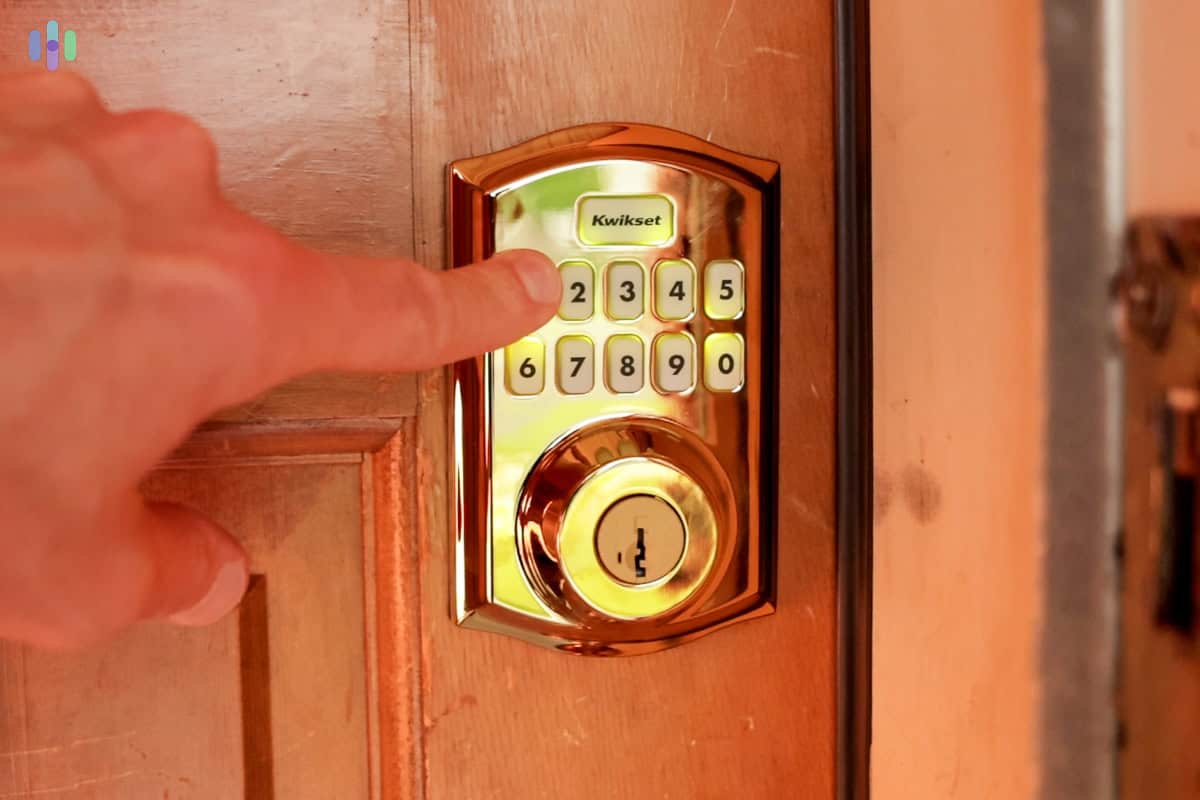
Sure, Vivint isn’t the cheapest option around, but home security is an area you don’t want to skimp on. Make sure to check out our review of Vivint before making any hasty decisions either way!
Vivint Pricing vs. The Competition
Now it’s time to see where Vivint stands in the home security market. On the low end of the spectrum, we have security systems such as Cove and Ring Alarm. All you need is about $200 for the equipment and around $20 per month for monitoring. On the opposite end of the spectrum are companies like Deep Sentinel – a system with just one camera costs $499, and monitoring starts at $100.
Vivint sits somewhere in the middle, although its pricing is closer to the higher end of things. Vivint’s Outdoor Camera Pro costs $399. It’s the most expensive piece of equipment. In comparison, the most expensive SimpliSafe camera costs $199 (SimpliSafe Outdoor Camera Pro Gen 2), while that of ADT costs $279 (Nest Cam with Floodlight).
The Vivint Outdoor Camera is an outlier though. If we compare other types of equipment, Vivint is still pricier, but not by a lot. For example, take a look at the comparison of Vivint, ADT, and SimpliSafe packages below with similar pieces of equipment:
| Vivint Basic Package | ADT Front Door Protection Package | SimpliSafe The Lighthouse Package |
|---|---|---|
|
|
|
| $599 | $359.49 (discounted from $718.98) | $479.93 |
Of course, by paying more, you also get more from Vivint. Vivint offers a wider range of equipment. Vivint offers smart home products like smart thermostats and smart locks and smart bulbs, neither of which are available from SimpliSafe. You also get white-glove professional installation from Vivint, whereas SimpliSafe is DIY.
>> Compare: SimpliSafe vs. Vivint
What about compared to ADT? Well, ADT is currently our highest-rated security system. It’s a little bit cheaper – a basic system costs around $269. But we do get Vivint’s higher pricing. Many of its products trump their counterparts from ADT in terms of features. To name one example, the Vivint control panel can control smart home devices; ADT’s control panel offers limited control.
FYI: If a simple and affordable security system is what you’re after, then Vivint might not be the best choice. Consider one of the best DIY security systems instead, particularly, Cove’s affordable packages.
Vivint’s status as a premium security system becomes more pronounced if you look at its security cameras. The Vivint Outdoor Camera Pro, for instance, costs $399. That’s double the industry average cost of outdoor cameras, but it’s backed by AI and can actively deter burglars. Similarly, the Vivint Video Doorbell Pro costs $299.99, which is nearly double the $180 industry average for video doorbell cameras, but it offers the same A.I. and crime deterrent features as the outdoor camera.
On the brighter side, Vivint’s monitoring pricing is somewhat more reasonable. It ranges between $30 to $50, but you might have to pay more as you add more security cameras to your system. It’s on par with ADT in that area.
>> Learn More: Vivint vs. ADT

What Makes Vivint Stand Out?
Vivint stands out because of its strong third-party integration. That sounds like just a cherry on top, but it’s actually the meat of how Vivint works. Home automation can take your home security to the next level.
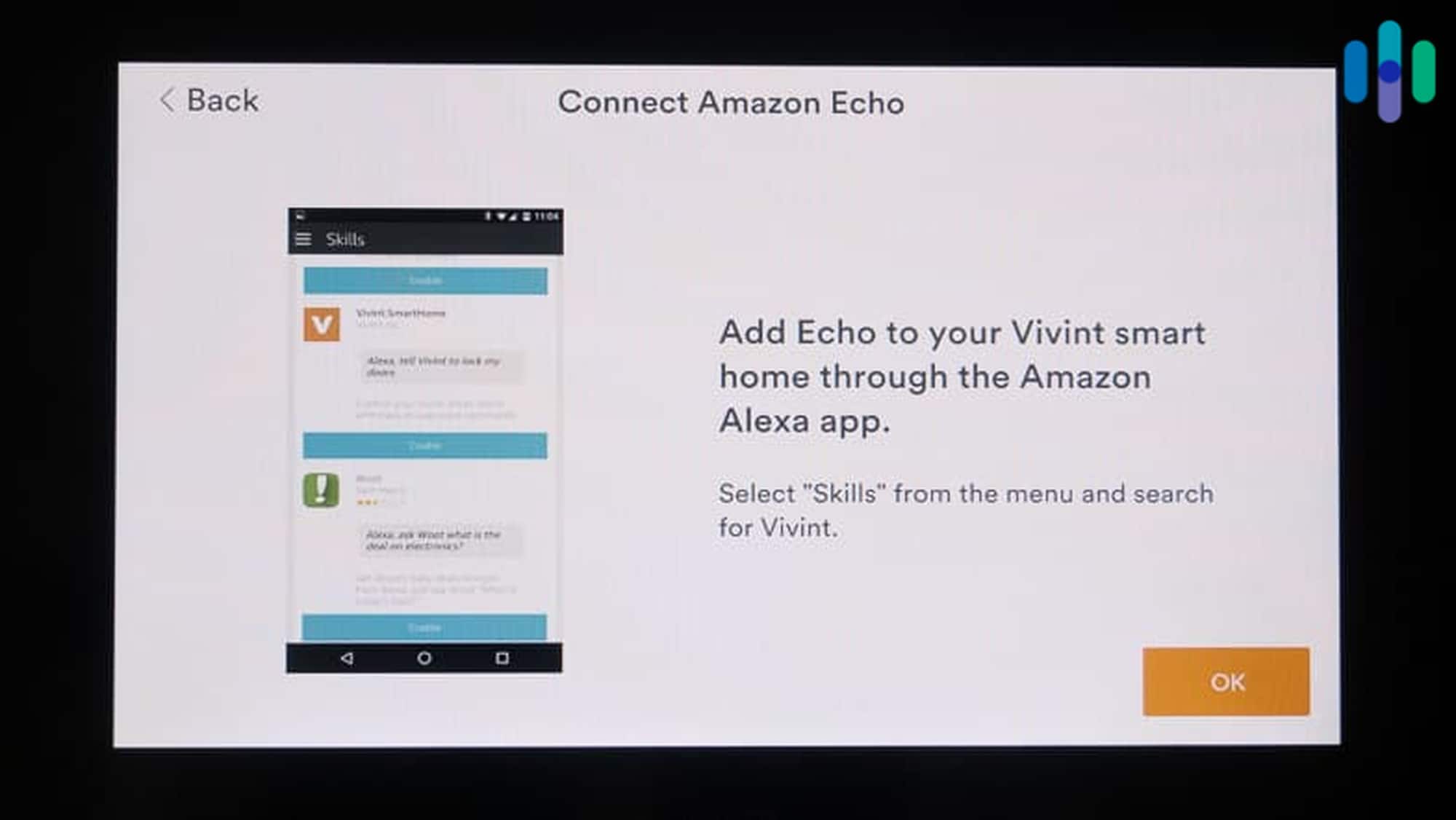
To start with, you get voice control with Vivint. You can command Alexa or Google Assistant to arm your system or give you a brief of your sensor status. You can even add Vivint to your routines, so that when you tell your voice assistant “I’m leaving for the day,” it can arm Vivint and set all the other smart home devices you want set, from turning down the thermostat to turning off your lights.
>> See More: The Best Security Systems That Work With Alexa
Vivint also works with third-party devices directly, including:
- Kwikset and Yale smart locks
- Chamberlain and LiftMaster garage door controllers
- Nest smart thermostats
- Philips Hue smart bulbs
Integrating those devices into your Vivint system will allow you to control them manually via the Vivint app and Smart Hub. But even better, you can create IFTTT-like automation rules to automate some actions.
For example, we set an automation rule that locks our front door, dims our living room lights, sets the thermostat to our ideal sleeping temperature, and arms Vivint at a specific time every night. Not only does that remind us of bed time, but it also makes sure our house is set before we tuck in.
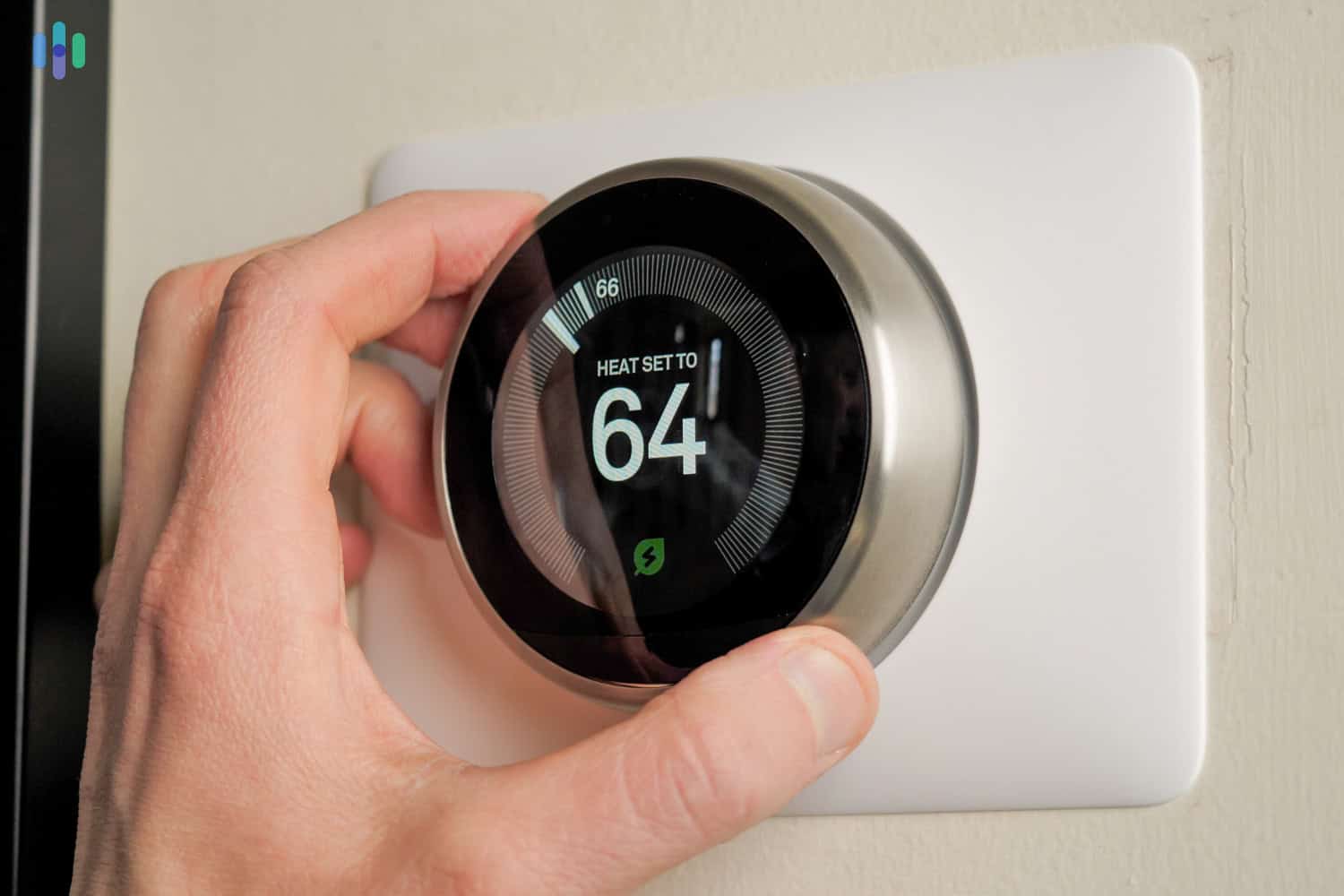
Vivint’s automations can help people with hearing loss too. Whenever our grandma visits, we have a Vivint automation set to turn on the light in the guest room where she sleeps if smoke is detected to serve as an additional way of alerting her. That’s why we named Vivint one of the best security systems for seniors and best security systems for the deaf.
Pro Tip: While you’re in the Vivint app, we recommend jumping into the Custom Notifications page. That’s where you set what types of alerts you get and when. For example, we get a notification if our window is left open for longer than 30 minutes after 8 p.m. But you can also use it for person and package detection, when the doorbell rings if you’re not home, and if the front door isn’t closed properly.
Find out how Vivint compares to other home security systems
We tested Vivint and compared it side-by-side with other brands to give you the full picture.
Our Recommendation About Vivint
It’s hard to nail down an actual price for a Vivint home security system, but we know for sure that it’s not cheap. You can make the monthly price a little more affordable by signing up for a five-year contract, but even the monitoring costs are more expensive than some of the other top brands.
However, Vivint is one of our favorite smart home systems and is one of the best professionally installed security systems. We think it’s best suited to homeowners and renters who don’t mind paying a premium price for high-quality equipment, advanced home automation, and 24/7 professional monitoring. If a DIY project and self-monitoring aren’t your cup of tea, then we recommend leaving it up to Vivint to keep you safe.
Vivint FAQs
Having tested Vivint ourselves, we answered some of the questions our readers often ask us about Vivint's pricing.
-
How much does Vivint cost per month?
Vivint starts at $39.99, under regular pricing. Here’s a breakdown of Vivint’s monitoring plans
Plan components Cost Base price $44.99/month Common discounts $14.99, $19.99, $29.99/month Vivint Smart Drive (add-on) $250 upfront or $4.17/month Video storage Included (2 weeks of storage per month) Installation fee Starting from $199 Car Guard (add-on) $3.33/month Vivint Smart Thermostat (add-on) $3.33/month -
Is Vivint worth the money?
Vivint is worth the money, based on our tests. It is one of the more expensive security systems we’ve tested, but it’s a solid choice for anyone who wants a system with 24/7 monitoring and an intuitive smartphone app for remote control. Vivint also does well when it comes to home automation, and Vivint’s cameras are better than most other security cameras we’ve tested in terms of features. Vivint’s video doorbell and outdoor camera, in particular, use artificial intelligence to better protect homes.
-
How much is a Vivint security system?
A Vivint security system costs anywhere between $40-$70 monthly. Vivint systems are generally more pricey than other security systems, but Vivint customers are getting top-of-the-line home security products. Of course, the disadvantage is that you will have to sign a long-term contract; but if you plan to stay in your home for a few years, we think Vivint is worth the money.
-
Can you negotiate with Vivint?
You can negotiate with Vivint before signing a contract with the company. For instance, you might be able to negotiate a month-to-month contract rather than a 60-month contract if you pay for the equipment up front instead of having it financed.
Nest Labs. (2015). Energy Savings from the Nest Learning Thermostat: Energy Bill Analysis Results.
storage.googleapis.com/nest-public-downloads/press/documents/energy-savings-white-paper.pdf


